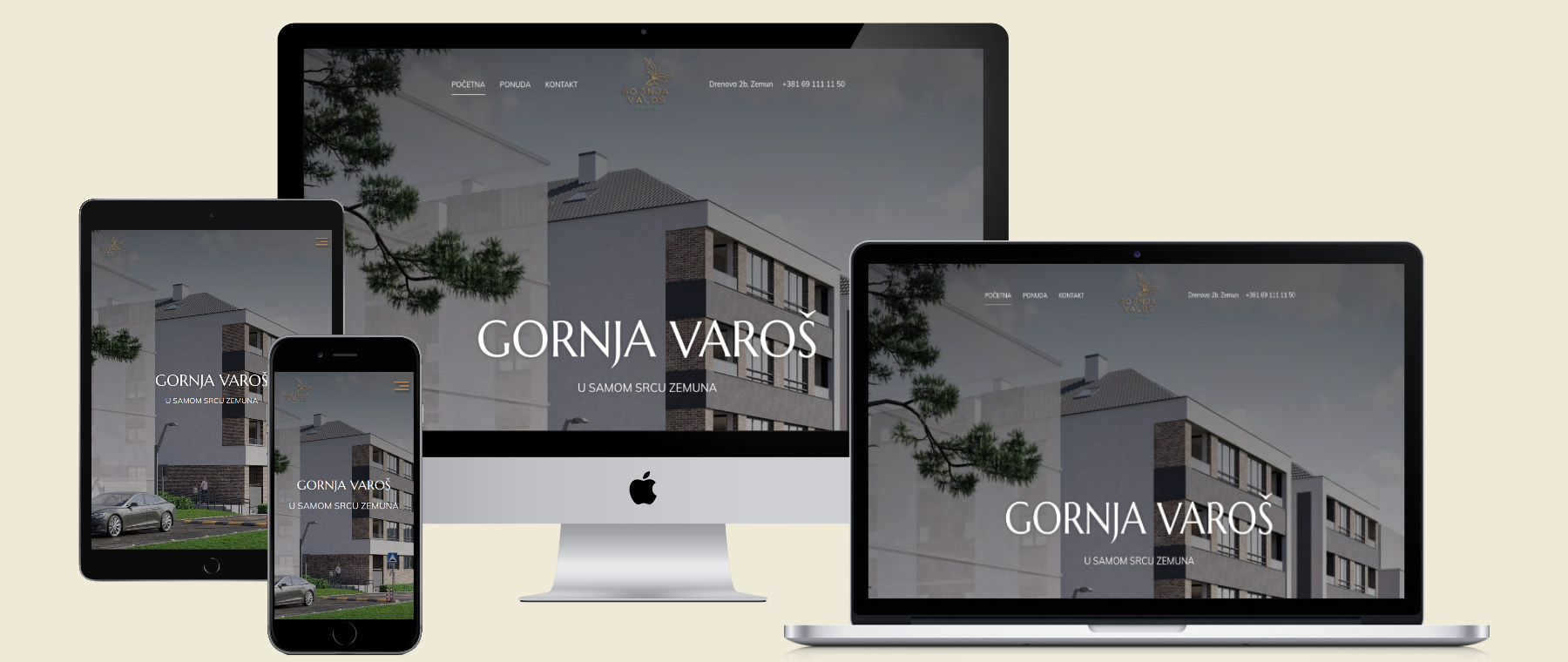Website
Cloud Rešenja![]()
IT Konstalting![]()
Booking sistemi![]()
Web sajtovi![]()
Custom CMS![]()
ERP sistemi![]()
Web Prodavnice![]()
Data centri![]()
Digitalni marketing![]()
Social Media marketing![]()
Support 24/7![]()
Custom Web Applications![]()

The key advantages of the CMS system are:
- Automated Templates: by creating standard visual templates we have the ability to automatically assign them to our existing content as well as content to be imported. Future changes in the visual appearance of the presentation do not affect the existing content and can be done quickly and easily.
- Simple change of content: considering that your content is now separated from the visual appearance of the presentation, any change in the content of the presentation becomes extremely easy and fast, without the need for special knowledge and experience.
- Upgrade kits: almost all CMS-based presentations can be upgraded with various modules and plug-ins that can be integrated into the presentation at any time.
- Standard monitoring: even after commissioning, the CMS can be updated and thus adapted to newly established standards.
- On-the-fly management: different levels of management in a CMS provide the opportunity for multiple people to be involved in the creation, review and publication of certain content. The CMS is tasked with enabling this work to be done in parallel, thereby simplifying the procedure and saving valuable time.
- Complete document management: CMS solutions always provide the possibility of complete management of the life cycle of a document from the initial time of its creation, to revisions, publication, archiving and finally destruction.
Some of the modules that make up our CMS
News
The news module enables easy creation, editing and publishing of news on the site. Through this module, users can enter titles, texts, images and links, as well as set the publication date. Also, it allows categorizing news, adding tags and viewing reading statistics. The module is designed to be intuitive and easily adaptable to the needs of different users.

Galleries
The gallery module in the CMS system enables easy creation and management of photo and video galleries on the site. Users can upload images or videos, organize them into albums, add descriptions and tags, and easily display galleries in the desired places on the site. The module supports various media formats and provides an easy way to visually display content.

Newsletter
The newsletter module allows you to create and monitor an e-mail list. The module allows monitoring the performance of campaigns through the statistics of signing up to the mailing list, which helps in optimizing business and marketing strategies.

References
The references module enables easy display and management of projects, clients and recommendations on the site. Users can add details about references, including descriptions, images and ratings, and organize them by category. This module helps to build trust and promote successful projects and collaborations.

